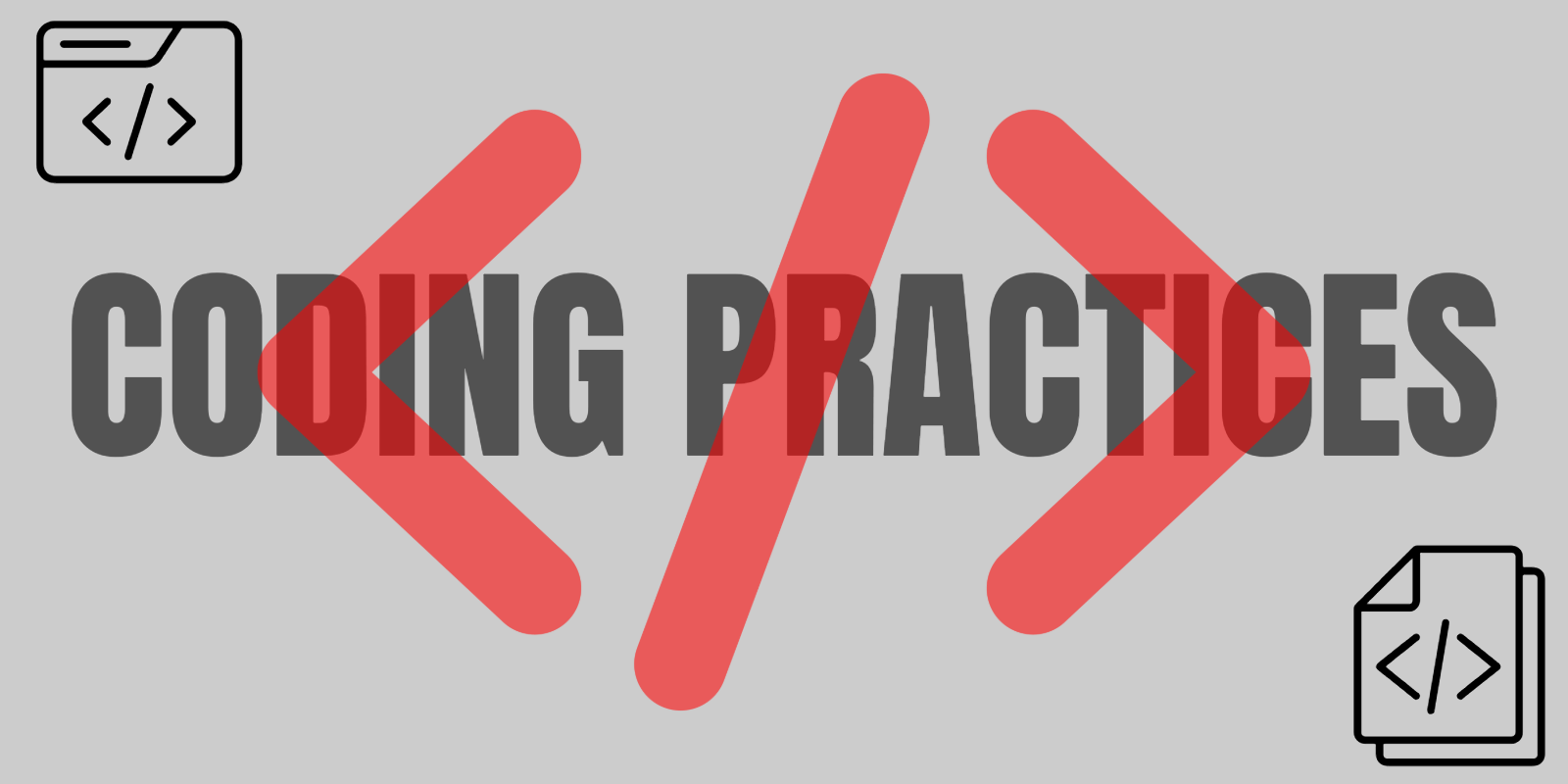1. Write Clean & Readable Code
Code should be easy to read and understand, even months after you wrote it.
✅ Best Practices:
- Use meaningful variable and function names (e.g.,
calculateTotalPrice()instead ofcalcTP()). - Follow consistent indentation and spacing.
- Break long functions into smaller, reusable functions.
📌 Example:
2. Follow Naming Conventions
Consistent naming conventions improve code clarity and maintainability.
✅ Best Practices:
- camelCase for variables and functions:
getUserData(). - PascalCase for class names:
UserProfile. - UPPER_CASE_SNAKE_CASE for constants:
MAX_RETRIES = 3.
📌 Example:
3. Keep Functions & Classes Small and Focused
A function should do one thing only (Single Responsibility Principle).
✅ Best Practices:
- Limit functions to one responsibility.
- Keep classes small and modular.
📌 Example:
4. Avoid Hardcoding Values
Use constants or configuration files instead of hardcoded values.
📌 Example:
5. Use Comments Wisely
Comments should explain why something is done, not just what is happening.
✅ Best Practices:
- Avoid obvious comments (
i++ // increment i). - Use docstrings or block comments for complex logic.
📌 Example:
6. Follow DRY (Don't Repeat Yourself) Principle
Reusing code prevents duplication and makes maintenance easier.
📌 Example:
7. Use Proper Error Handling
Handle errors gracefully instead of letting your application crash.
📌 Example:
8. Use Version Control (Git)
Using Git helps you track changes, collaborate, and revert code when necessary.
✅ Best Practices:
- Write meaningful commit messages (
Fix login buginstead ofUpdate file). - Use branches for new features (
feature/add-payment). - Follow a .gitignore file to exclude unnecessary files.
📌 Example:
9. Optimize Code for Performance
Efficient code runs faster and uses fewer resources.
✅ Best Practices:
- Avoid unnecessary loops and redundant calculations.
- Use efficient data structures (e.g., sets instead of lists for fast lookups).
- Optimize database queries by adding indexes.
📌 Example:
10. Use Linters and Formatters
Linters catch syntax errors and enforce coding standards.
✅ Popular Linters & Formatters:
- ESLint (JavaScript)
- Black (Python)
- Prettier (Multiple languages)
- PHP-CS-Fixer (PHP)
📌 Example:
11. Use Logging for Debugging & Monitoring
Logging helps track issues without exposing sensitive errors to users.
📌 Example:
12. Follow Security Best Practices
✅ Best Practices:
- Validate and sanitize user input to prevent SQL injection and XSS attacks.
- Use prepared statements for database queries.
- Hash passwords instead of storing them in plain text.
📌 Example:
13. Write Unit Tests
Testing ensures your code works as expected and prevents future bugs.
✅ Popular Testing Frameworks:
- JUnit (Java)
- PyTest (Python)
- Jest (JavaScript)
📌 Example (Python Test Case):
14. Document Your Code & Project
Good documentation helps future developers (including yourself).
✅ Best Practices:
- Write a README.md file with setup instructions.
- Use docstrings and API documentation.
📌 Example:
15. Keep Learning & Improving
Technology evolves, so keep learning and improving your coding practices.
✅ Best Practices:
- Read official documentation and coding blogs.
- Contribute to open-source projects.
- Follow industry best practices and design patterns.
Conclusion
By following these common coding practices, you’ll write code that is clean, efficient, and maintainable. Here’s a quick recap:
✔ Write clean and readable code
✔ Follow naming conventions
✔ Keep functions small and modular
✔ Avoid hardcoded values
✔ Handle errors properly
✔ Use version control (Git)
✔ Optimize performance
✔ Use testing and logging
✔ Follow security best practices
By incorporating these habits into your coding routine, you'll become a better developer and write code that others can easily understand and maintain. 🚀

Comments
Do you agree?
Leave a Comment